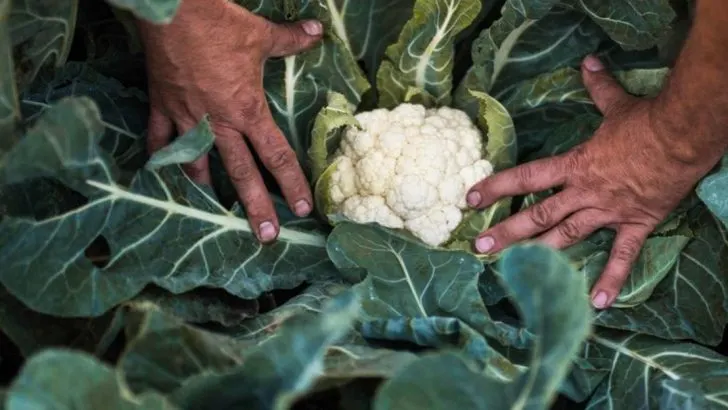Cauliflower can be a bit tricky to grow, but with the right tips, you can harvest large, crisp, and flavorful heads. First, it’s essential to plant cauliflower in cool weather—they thrive in temperatures between 55-75°F, so timing is key. If you’re growing during the warmer months, consider planting in early spring or fall for the best results.
The soil quality also plays a big role in cauliflower success; they love rich, well-drained soil with a pH level of 6.5 to 7.0. Don’t forget to fertilize regularly, as cauliflower is a heavy feeder. Another secret is spacing—each plant needs plenty of room to grow, so give them enough space to develop their large heads.
Cauliflower also needs consistent moisture, but make sure not to overwater, as it can cause root rot. For extra protection, blanching (covering the heads with their leaves) helps maintain their white color and prevents bitterness. These 17 secrets will guide you through the process, ensuring that your cauliflower grows big, crisp, and delicious every time.
Choose the Right Variety
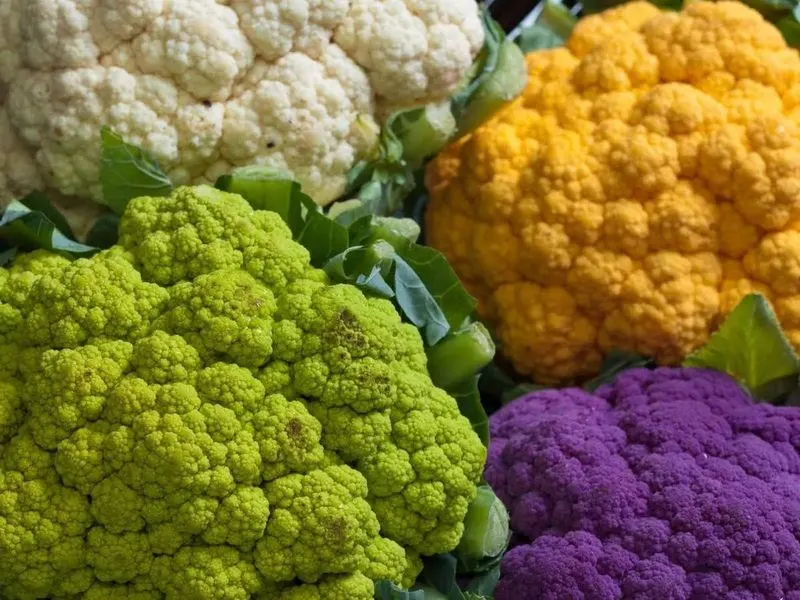
Variety selection plays a pivotal role in successful cauliflower growth. Explore options like ‘Snowball’ or ‘Cheddar’ for their known resilience and flavor. Different varieties may have varying requirements regarding climate and soil. Ensure the chosen type aligns with your local weather conditions. This foundational step can greatly influence yield and taste. Investing time in researching suitable varieties pays off with a harvest of vibrant, robust heads. It’s crucial to match the plant’s needs with your environment, as this alignment sets the stage for thriving growth and subsequent culinary delights.
Optimal Soil Preparation
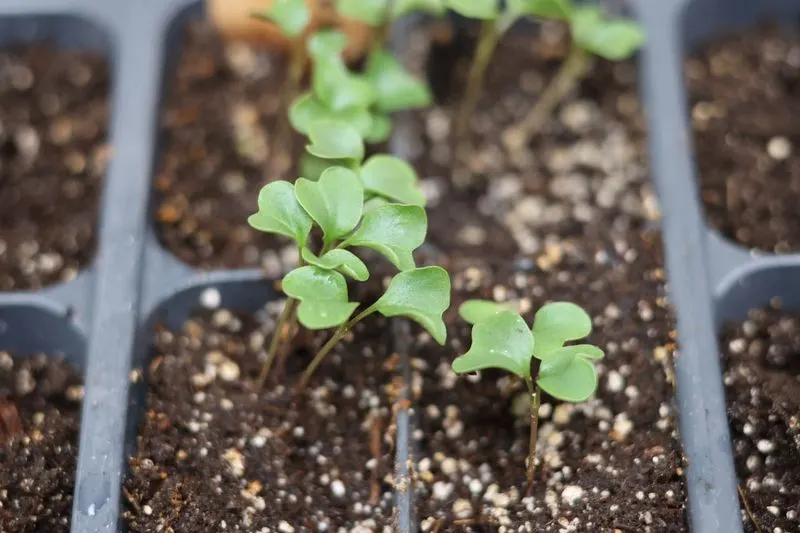
Soil quality directly impacts cauliflower development. Initiate by testing the soil pH, aiming for a slightly acidic range of 6.0 to 7.0. Amend with rich organic matter like compost, enhancing nutrient content and drainage. Properly aerated soil is vital, as it facilitates root expansion and nutrient uptake. Regularly turning the soil ensures even distribution of amendments. Attention to soil preparation can help prevent common issues like stunted growth or pest infestation. Creating a welcoming environment for roots sets the groundwork for substantial, flavorful cauliflowers.
Consistent Watering Schedule
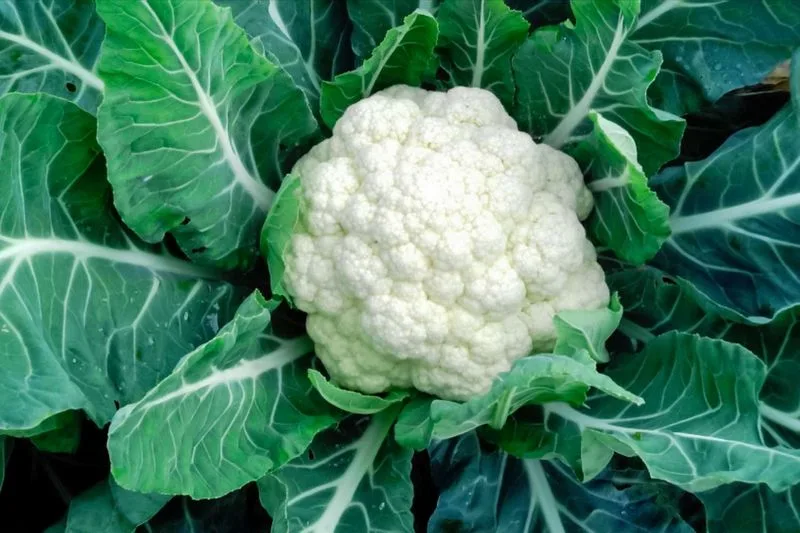
Maintaining soil moisture is crucial for developing tender cauliflower heads. Implement a consistent watering regimen, focusing on deep watering rather than frequent, shallow sprinkling. Early mornings or late afternoons are ideal times to water, minimizing evaporation while allowing leaves to dry, reducing disease risk. Mulching can further support moisture retention and temperature regulation. Utilize organic materials like straw or wood chips around the base of plants. Consistency in watering encourages steady growth, helping produce firm, crisp heads that are the hallmark of quality cauliflower.
Sunlight and Shade Management
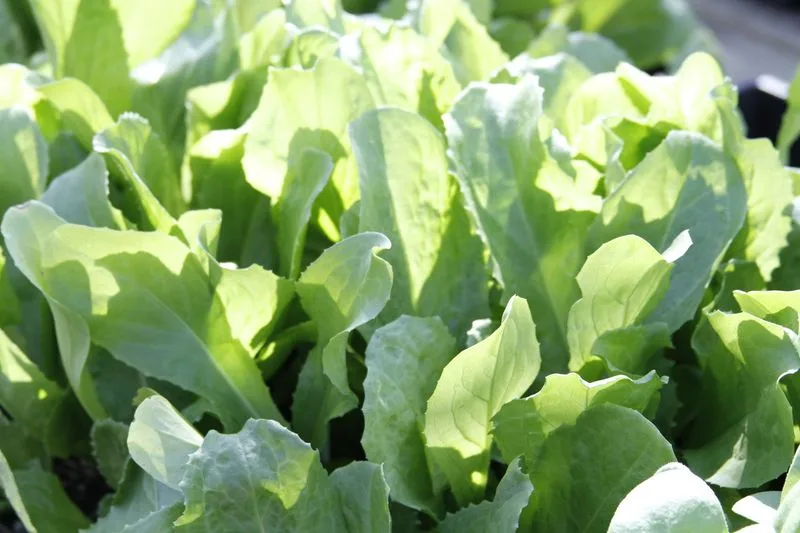
Balancing sun and shade is essential for cauliflower maturation. Position plants to receive at least six hours of sunlight, preferably in the morning. As temperatures rise, provide shade to prevent sunscald and bolting. Utilize shade cloths or strategically plant taller crops nearby to cast protective shadows. Such measures help maintain optimal growth conditions, safeguarding flavor and texture. Understanding the interplay between light and temperature ensures that cauliflowers develop fully without succumbing to heat stress. This careful management directly impacts their taste and appearance.
Proper Spacing Techniques
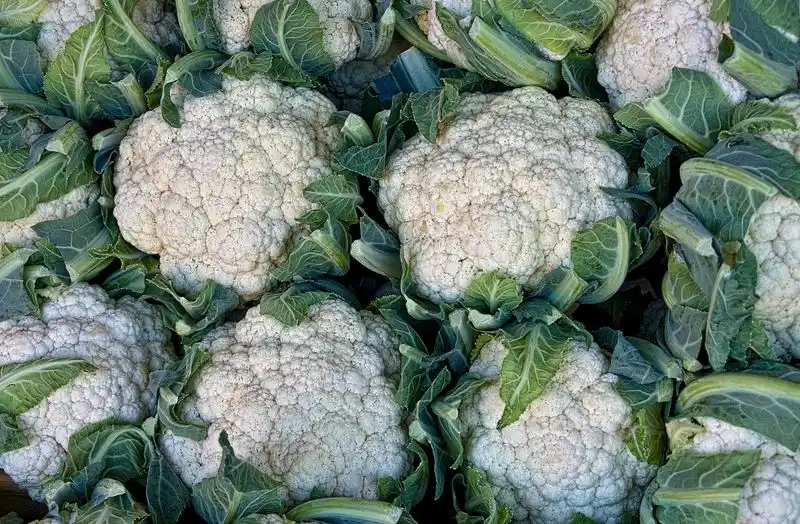
Allowing adequate space between plants prevents competition for resources. Space seedlings 18 to 24 inches apart to ensure each has access to ample nutrients, water, and sunlight. Proper spacing also promotes air circulation, a key factor in reducing fungal diseases. Overcrowded plants often struggle, leading to smaller, less flavorful heads. Thoughtful arrangement enables cauliflowers to grow unhindered, resulting in larger harvests. Planning the garden layout with precision enhances plant health and yield. It’s a simple yet effective way to maximize the potential of each planting season.
Fertilization Strategies
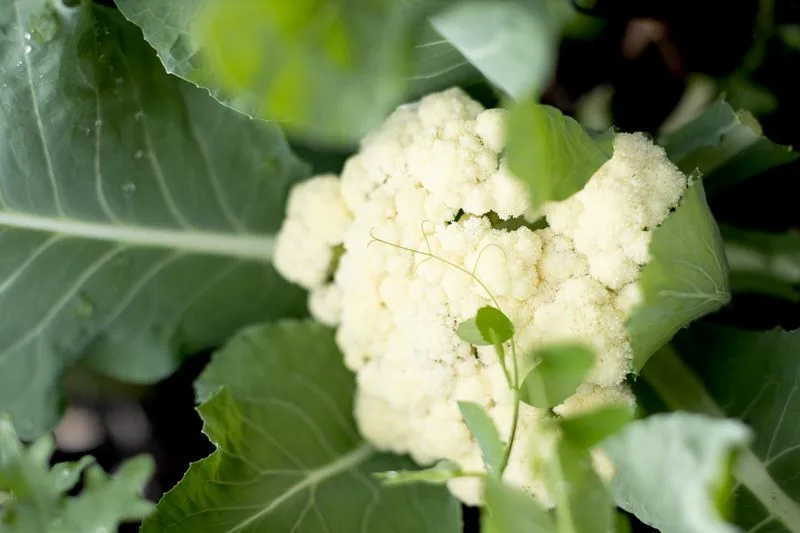
Regular feeding supports vigorous cauliflower growth. Apply a balanced, slow-release fertilizer rich in nitrogen, phosphorus, and potassium during the growing season. Initial feeding should occur at planting, followed by intervals throughout development. Organic options like fish emulsion or well-rotted manure can provide necessary nutrients. Monitor plant response and adjust feeding schedules accordingly to avoid nutrient burn. Thoughtful fertilization ensures plants remain robust, supporting the formation of dense, flavorful heads. This continuous nutrient supply is integral to achieving the desired quality and size of the produce.
Pest and Disease Control

Vigilance against pests and diseases preserves plant health. Regularly inspect leaves for signs of common issues like aphids or cabbage worms. Employ organic solutions such as neem oil or insecticidal soap to address infestations. Early detection and action can prevent widespread damage. Maintaining garden cleanliness, including removing debris and rotating crops, disrupts pest life cycles. This proactive approach minimizes the risk of disease. Creating an environment unfavorable to pests supports healthy, high-quality cauliflower growth. Regular monitoring is key to catching issues before they escalate into major problems.
Seasonal Timing and Planning
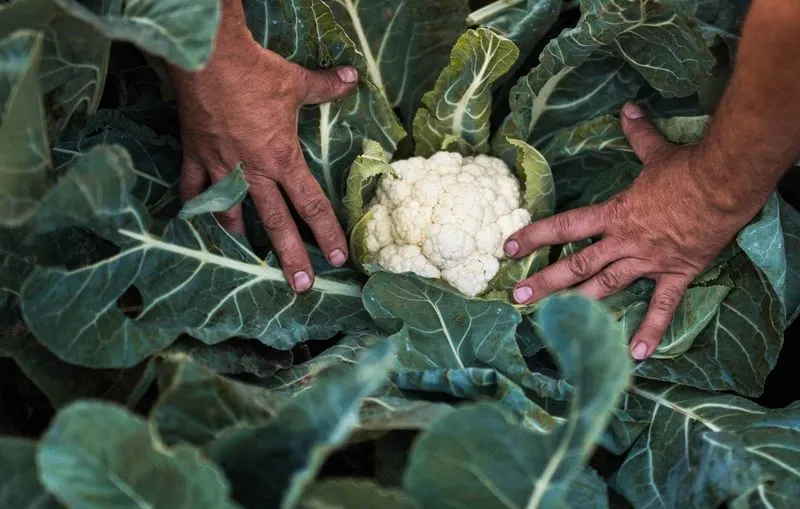
Timely planting aligns growth with favorable weather conditions. Plan to sow seeds in early spring or late summer, depending on your climate, to avoid extreme temperatures. Understanding local frost dates helps time planting to maximize growth periods. Adjust schedules based on specific variety requirements and expected climate shifts. Proper timing ensures that plants mature under ideal conditions, promoting healthy head formation. This strategic planning enhances both yield and quality. Anticipating seasonal changes and preparing accordingly equips gardeners to handle unexpected weather patterns effectively.
Use of Mulching

Mulching offers multiple benefits, enhancing soil health and plant growth. Apply a layer of organic mulch like straw or shredded leaves around plants, conserving moisture and regulating soil temperature. Mulch suppresses weed growth, reducing competition for nutrients. It decomposes over time, enriching the soil with organic matter. This practice supports root development and overall plant vigor. An added benefit is the protection against soil-borne diseases by preventing splash-up during watering. Regular mulching contributes significantly to producing robust, crisp cauliflower heads.
Blanching Techniques
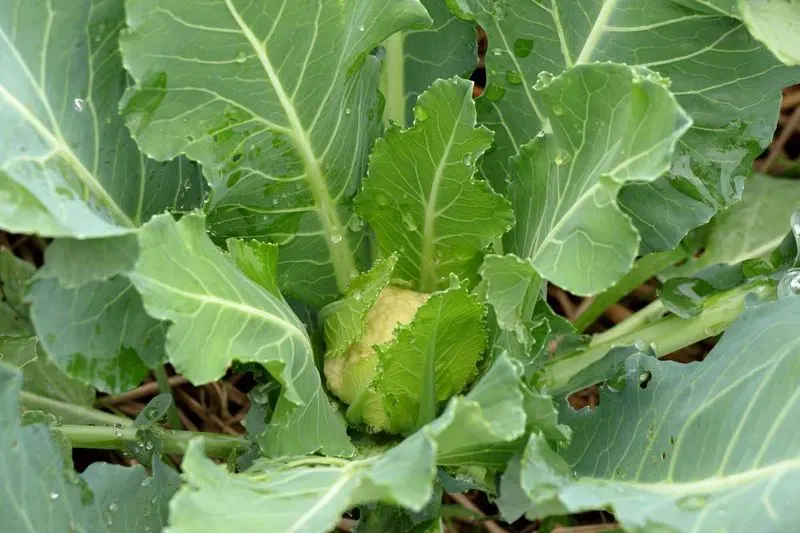
Blanching improves cauliflower aesthetics and flavor. Tie outer leaves over developing heads when they’re about the size of an egg, protecting them from sunlight. This technique prevents heads from turning yellow or bitter. Blanching maintains the creamy white color, enhancing visual appeal and taste. Timing is crucial; begin when heads are still small and firm. Proper blanching results in tender heads, ideal for a variety of dishes. It’s a simple, yet impactful practice that enhances the culinary quality of your harvest. This attention to detail defines exceptional gardening.
Temperature Management
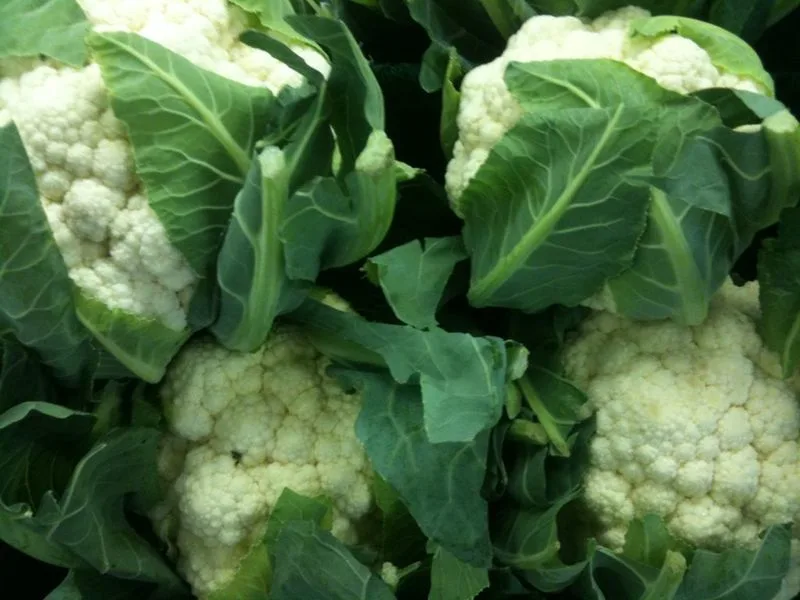
Temperature control is crucial for optimal growth. Cauliflowers prefer cooler temperatures, thriving between 60-70°F. Monitor weather forecasts and provide shade or protection during unexpected heatwaves. Row covers can shield young plants from cold snaps, extending the growing season. Adjust planting schedules to align with optimal temperature ranges. This careful management helps prevent bolting and ensures steady growth. Maintaining a stable thermal environment is vital for the development of large, crisp heads. Temperature awareness is a proactive step toward successful cauliflower cultivation.
Weed Management
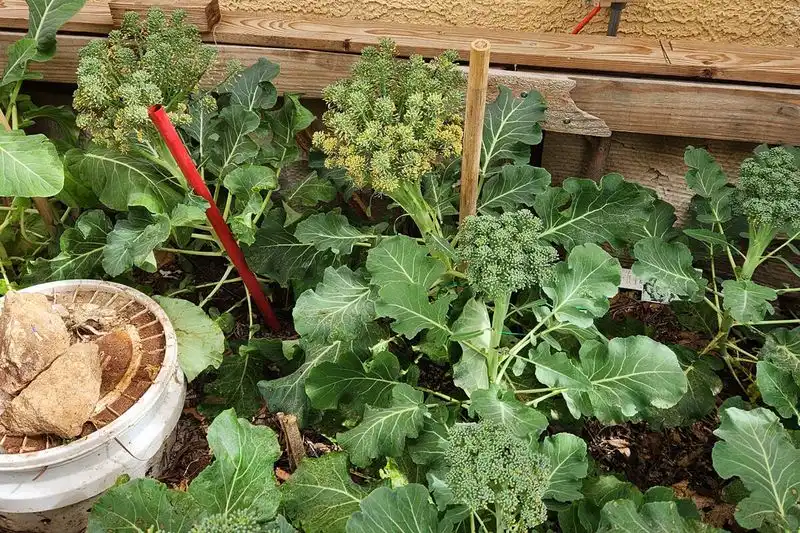
Weeds compete for resources, impacting cauliflower growth. Regular weeding is essential to maintain a healthy garden. Use tools like hoes or hand-pull weeds to avoid disturbing roots. Mulching further aids in suppressing weed emergence. A tidy garden bed supports air circulation and reduces pest habitats. Consistent weed control ensures cauliflowers receive the necessary nutrients and water for optimal development. By minimizing competition, you enhance plant health and yield. Diligence in weed management is a fundamental practice for thriving plants.
Companion Planting
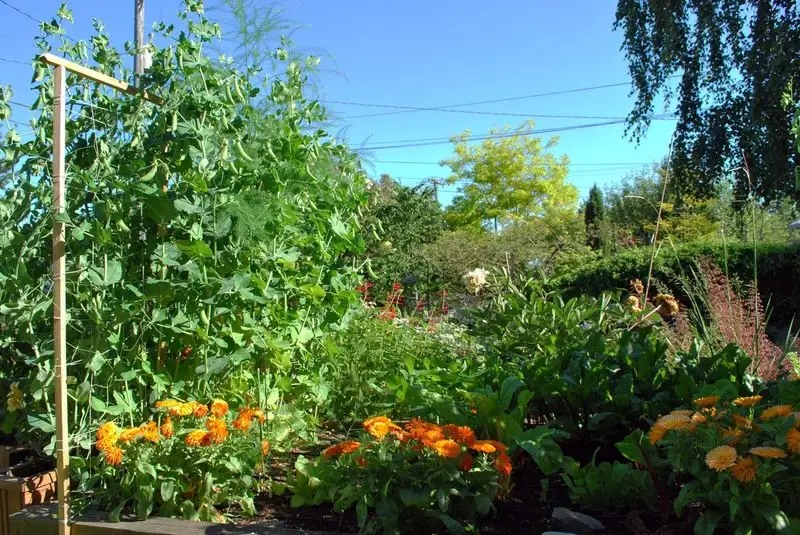
Companion planting enhances garden biodiversity and pest control. Pair cauliflower with plants like dill or marigolds, which repel harmful insects. These companions can improve growth by attracting beneficial predators that keep pest populations in check. Additionally, they don’t compete aggressively for resources, allowing cauliflower to thrive. This synergy supports a balanced ecosystem, promoting overall plant health. Thoughtful companion selection contributes to a productive garden environment. It’s an organic strategy that makes your garden more resilient and sustainable, leading to better quality cauliflower.
Regular Pruning
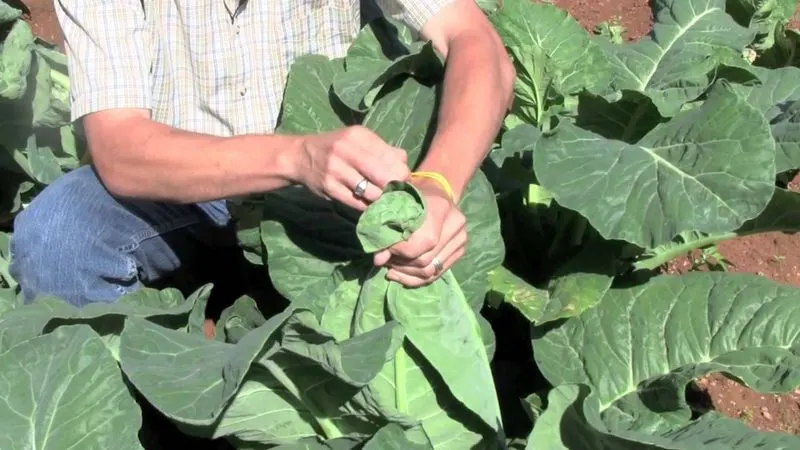
Pruning encourages healthy development by focusing energy on head formation. Remove yellowing or damaged leaves to improve air circulation and light penetration. This reduces disease risk and boosts photosynthesis efficiency. Regularly check plants and prune as needed, but avoid over-pruning, which can stress plants. Thoughtful pruning channels nutrients to the developing head, enhancing size and taste. This careful maintenance practice enhances your overall yield and quality. Attention to plant structure through pruning fosters an environment where cauliflower can prosper.
Crop Rotation Practices
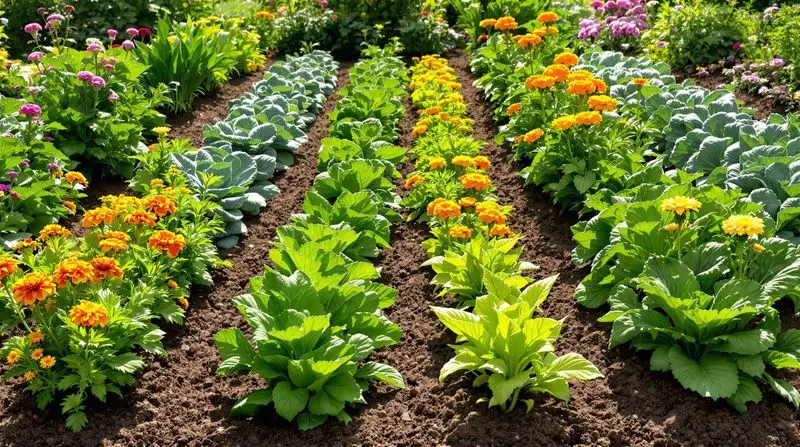
Crop rotation disrupts pest cycles and improves soil health. Avoid planting cauliflower in the same location each year. Rotate with legumes or other non-brassicas to replenish soil nutrients and reduce disease risk. This practice prevents soil nutrient depletion and limits pest build-up specific to cauliflower. Planning rotations enhances garden resilience and productivity. Such foresight contributes to long-term garden health, supporting sustainable practices. Crop rotation is a strategic approach that ensures your soil remains fertile and your cauliflowers stay robust and flavorful.
Harvest Timing
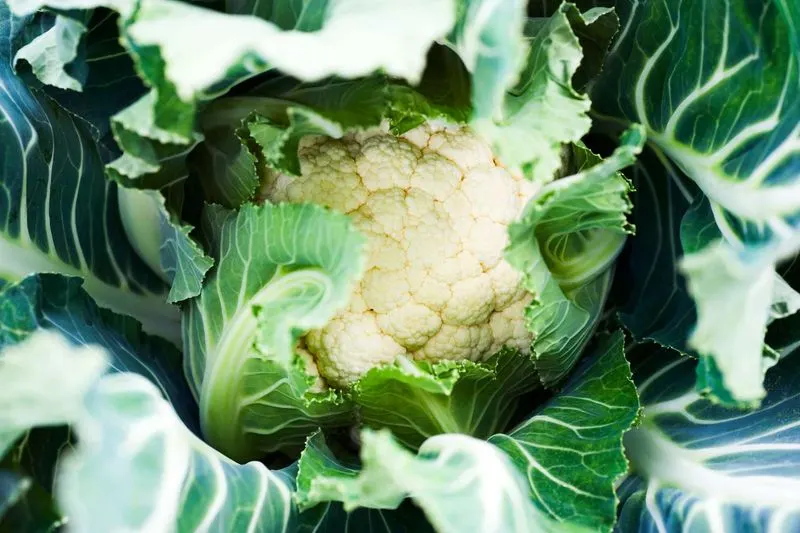
Harvesting at the right moment is key to enjoying cauliflower at its best. Monitor head size and firmness; they should be compact and tight without signs of opening. Harvest in the morning, when heads are cool and crisp, to preserve quality. Early detection of readiness prevents overripening, which can lead to bitterness. Use a sharp knife to cut, leaving a few leaves around the head for protection. Proper timing ensures maximum flavor and texture. Anticipating the perfect harvest time enhances your culinary experience and overall satisfaction with your efforts.
Proper Storage Techniques
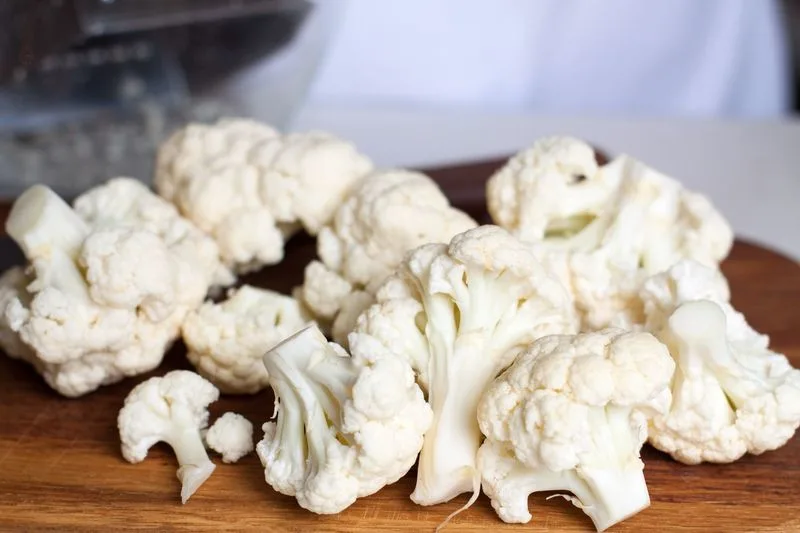
Post-harvest care extends cauliflower’s freshness and quality. Store heads in a refrigerator’s crisper drawer to maintain optimal humidity and temperature. Wrap each head in a damp paper towel before placing them in perforated plastic bags. This setup preserves moisture and prevents wilting. Aim to use within a week for best taste and texture. Proper storage safeguards the time and effort invested in growing. By maintaining quality after harvest, you maximize enjoyment of your homegrown produce. Attention to storage details ensures your hard work results in delightful meals.

